10% off £35
Code:SAVE
Health & Wellness
1209 items
Health & Wellness
Category
Brand
Format
Popularity

25% off
Dai Wang
Korean Ginseng Tea 3g
(34)
£0.49
£0.65
£16.33/100 g

Better than 1/2 price
Vita Coco
Coconut Oil 50ml
(510)
£1.00
£2.99
£2.00/100 ml



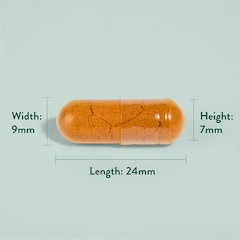
Buy 1 Get 1 Free
Holland & Barrett
High Strength Turmeric 600mg with Black Pepper 90 Capsules
(1445)
£16.99
£0.19/1 Capsules
Payday Event


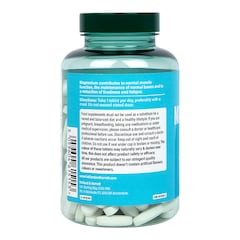

Buy 1 Get 1 Free
Holland & Barrett
Magnesium 375mg 180 Tablets
(778)
£12.49
£0.07/1 Tablet
Payday Event
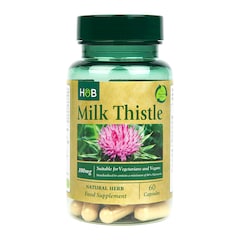

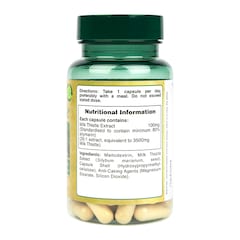
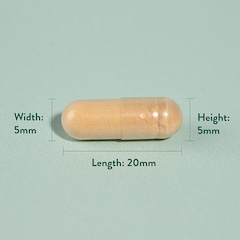
Buy 1 Get 1 Free
Holland & Barrett
Milk Thistle 100mg 60 Capsules
(137)
£16.99
£0.28/1 Capsules
Payday Event
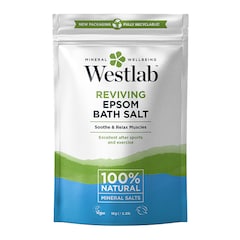
50% off
Westlab
Epsom Bath Salt 1kg
(89)
£3.00
£6.00
£0.30/100 g
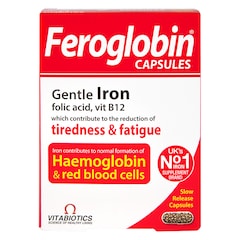
Buy 1 Get 1 Half Price
Vitabiotics
Feroglobin B12 30 Capsules
(135)
£5.49
£0.18/1 Capsules
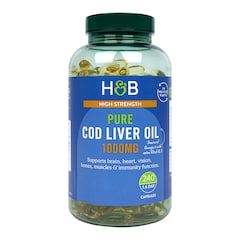
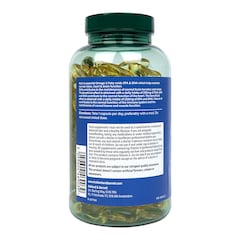
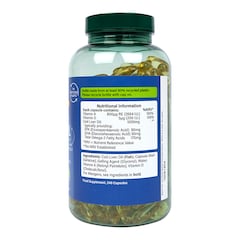
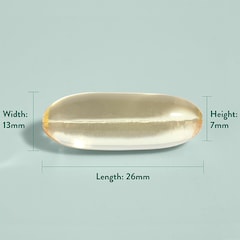
Buy 1 Get 1 Free
Holland & Barrett
Pure Cod Liver Oil 1000mg 240 Capsules
(1696)
£21.99
£0.09/1 Capsules
Payday Event
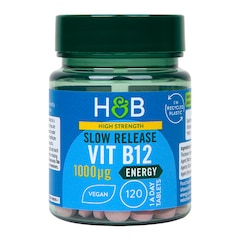
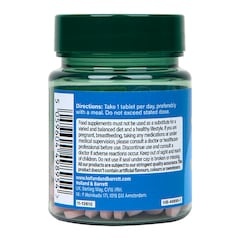
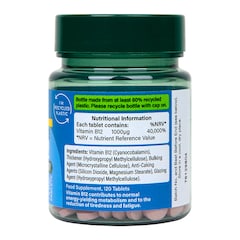
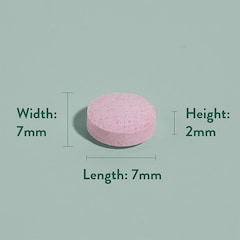
25% off
Holland & Barrett
High Strength Slow Release Vitamin B12 1000ug 120 Tablets
(820)
£11.62
£15.49
£0.10/1 Tablet

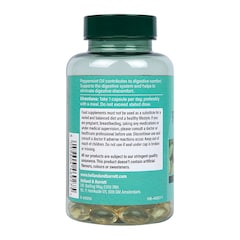

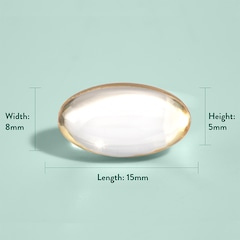
Buy 1 Get 1 Half Price
Holland & Barrett
Oil of Peppermint 120 Capsules
(352)
£10.99
£0.09/1 Capsules
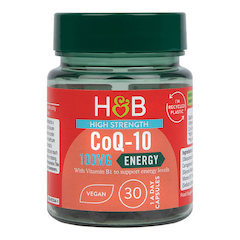
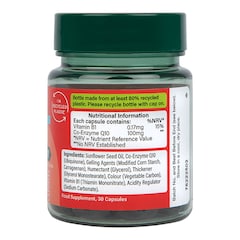
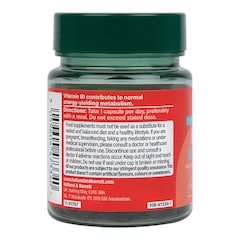
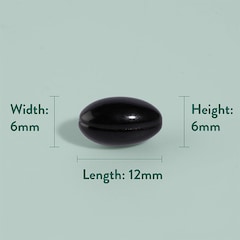
Buy 1 Get 1 Half Price
Holland & Barrett
High Strength Co-Q10 100mg 30 Capsules
(159)
£18.99
£0.63/1 Capsules





Buy 1 Get 1 Half Price
Bragg
Organic Apple Cider Vinegar with The Mother 473ml
(818)
£7.99
£1.69/100 ml
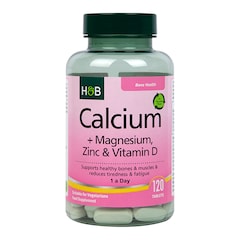


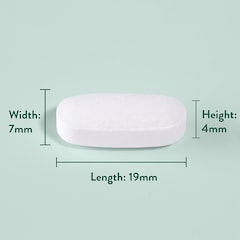

Buy 1 Get 1 Free
Holland & Barrett
Calcium Magnesium Vitamin D & Zinc 120 Tablets
(352)
£9.99
£0.08/1 Tablet
Payday Event


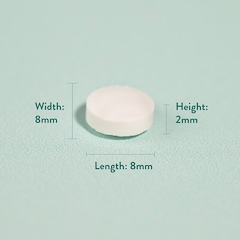
Buy 1 Get 1 Free
Holland & Barrett
Vitamin D 1000 I.U 25ug 120 Tablets
(1649)
£6.99
£0.06/1 Tablet
Payday Event
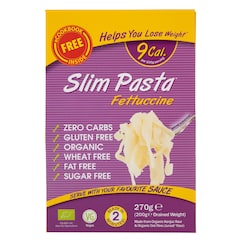
Buy 1 Get 1 Half Price
Eat Water
Organic Slim Pasta Fettuccine 270g
(217)
£2.59
£0.96/100 g
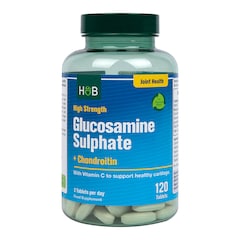
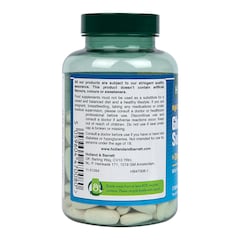


Buy 1 Get 1 Free
Holland & Barrett
High Strength Glucosamine Sulphate & Chondroitin 120 Tablets
(170)
£26.99
£0.22/1 Tablet
Payday Event

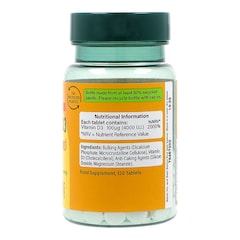
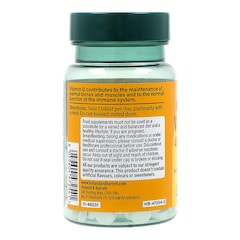
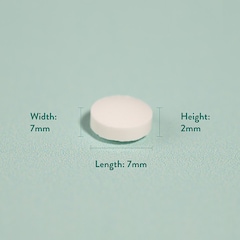
Buy 1 Get 1 Half Price
Holland & Barrett
Vitamin D3 4000 I.U. 100ug 120 Tablets
(143)
£15.99
£0.13/1 Tablet

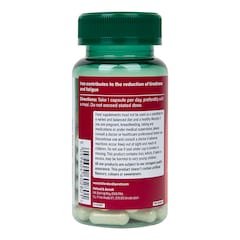

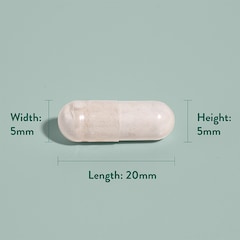
Buy 1 Get 1 Half Price
Holland & Barrett
Gentle Iron 20mg 90 Capsules
(191)
£8.99
£0.10/1 Capsule

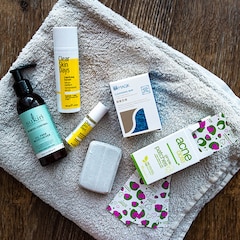
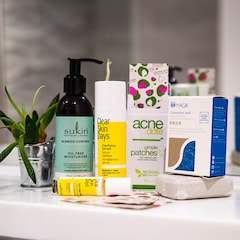
Buy 1 Get 1 Half Price
Sukin
Blemish Control Oil Free Moisturiser 125ml
(14)
£9.99
£7.99/100 ml
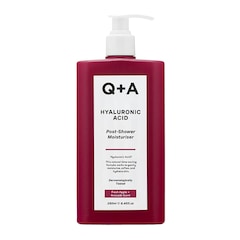
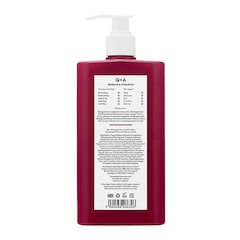
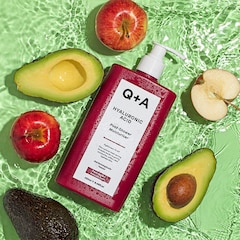
Buy 1 Get 1 Half Price
Q+A
Hyaluronic Acid Post-Shower Moisturiser 250ml
(63)
£8.00
£3.20/100 ml
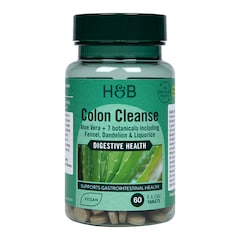
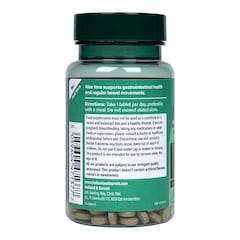
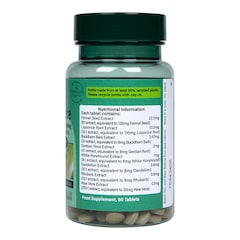

Buy 1 Get 1 Half Price
Holland & Barrett
Colon Cleanse 60 Tablets
(595)
£6.99
£0.12/1 Tablet
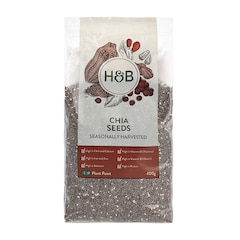
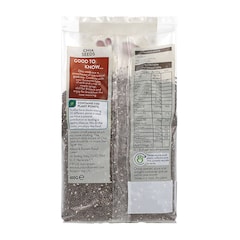
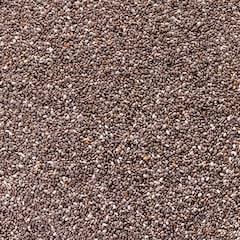
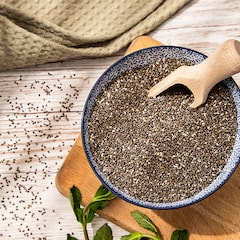

Buy 1 Get 1 Free
Holland & Barrett
Chia Seeds 400g
(165)
£4.99
£1.25/100 g
Payday Event
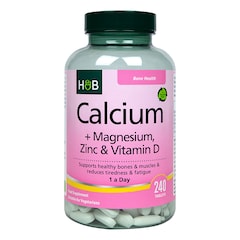


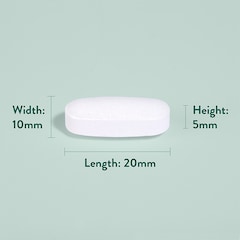
Buy 1 Get 1 Half Price
Holland & Barrett
Calcium Magnesium Vitamin D & Zinc 240 Tablets
(352)
£14.49
£0.06/1 Tablet

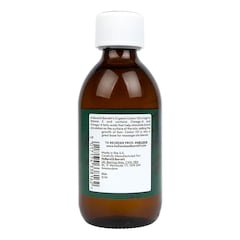
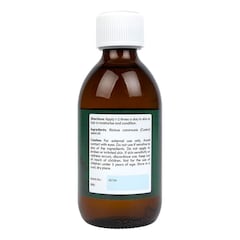
Buy 1 Get 1 Free
Holland & Barrett
Castor Oil 250ml
(104)
£8.99
£3.60/100 ml
Payday Event

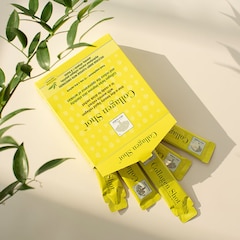
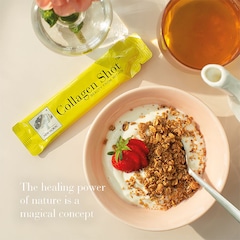

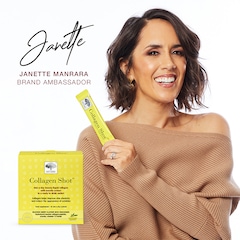
25% off
New Nordic
Collagen Shot 15 Sachets
(80)
£22.49
£29.99
£1.50/1 Sachet

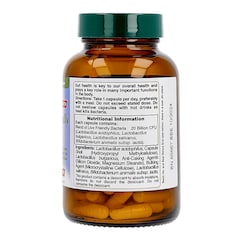
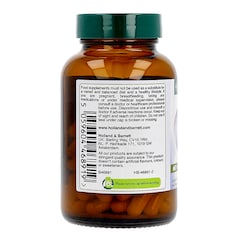
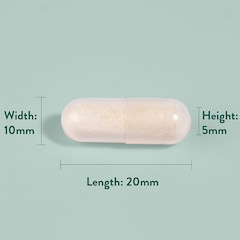
Buy 1 Get 1 Half Price
Holland & Barrett
Live Friendly Bacteria 20 Billion 60 Capsules
(602)
£19.99
£0.33/1 Capsules

Buy 1 Get 1 Half Price
Solgar
Digestive Enzymes 100 Tablets
(59)
£22.99
£0.23/1 Tablet

Buy 1 Get 1 Half Price
Solgar
Ashwagandha Root Extract Vegetable 60 Capsules
(3)
£24.00
£0.40/1 Capsules


Buy 1 Get 1 Half Price
A.Vogel
A Vogel Menopause Support 60 Tablets
(167)
£18.29
£0.30/1 Tablet
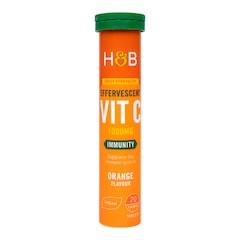

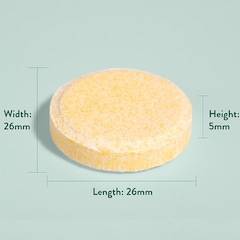
Buy 1 Get 1 Half Price
Holland & Barrett
High Strength Effervescent Vit C 1000mg Orange Flavour 20 Tablets
(109)
£2.69
£0.13/1 Tablet

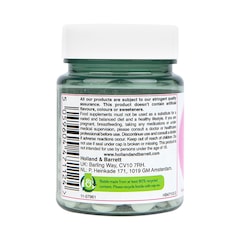

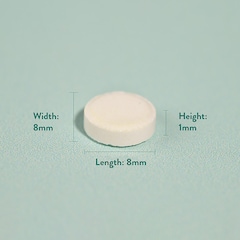
Buy 1 Get 1 Half Price
Holland & Barrett
Biotin 1000ug 120 Tablets
(431)
£14.99
£0.12/1 Tablet
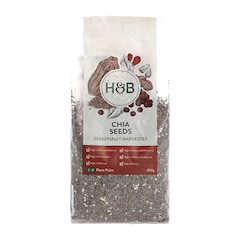
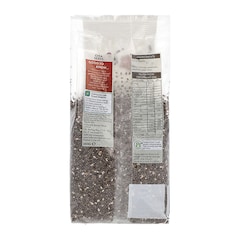
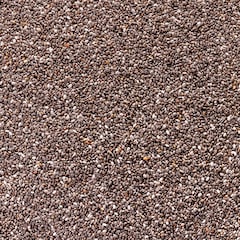
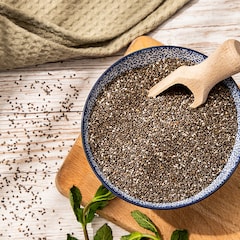

Buy 1 Get 1 Free
Holland & Barrett
Chia Seeds 200g
(165)
£2.99
£1.50/100 g
Payday Event

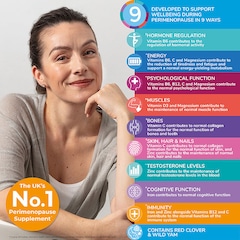



Buy 1 Get 1 Half Price
Health & Her
Perimenopause Multi Nutrient Supplement 60 Capsules
(182)
£20.99
£0.35/1 Capsules


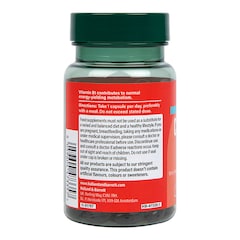
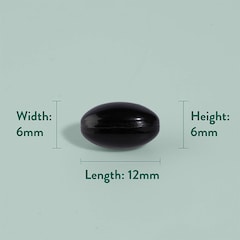
Buy 1 Get 1 Half Price
Holland & Barrett
High Strength Co-Q10 100mg 90 Capsules
(159)
£35.99
£0.40/1 Capsules

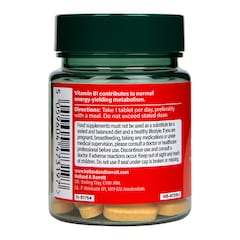
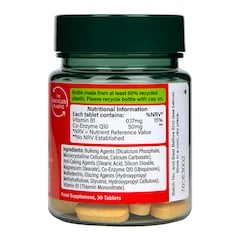
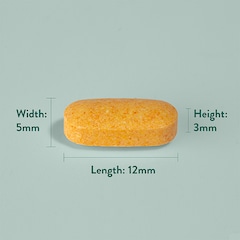
Buy 1 Get 1 Half Price
Holland & Barrett
Co-Q10 50mg 30 Tablets
(221)
£9.49
£0.32/1 Tablet
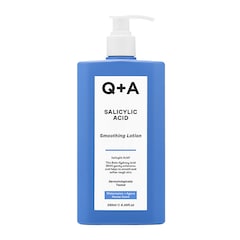

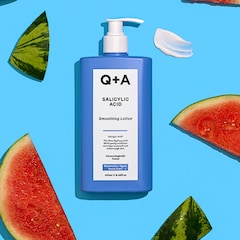
Buy 1 Get 1 Half Price
Q+A
Salicylic Acid Smoothing Lotion 250ml
(60)
£10.00
£4.00/100 ml
Sign up for exclusive offers
Plus, get expert advice to support your health & wellness straight to your inbox when you sign up to Holland & Barrett emails.
Read our
privacy policy



